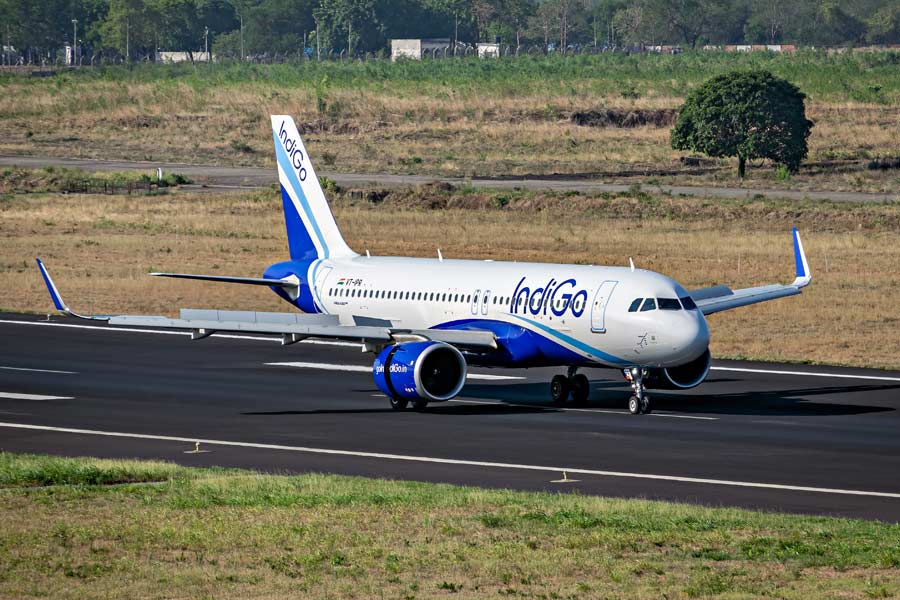Siliguri, Aug. 22: Assam’s world monopoly in muga silk cultivation stands challenged.
After successful experiments in rearing and grainage (production of eggs) of muga eggs, the sericulture directorate is set to develop the stretch from Fulbari to Kalimpong as a muga-belt, the first of its kind outside Assam, which is the sole producer of this most-sought after variety of silk in the world.
“We started experimenting at our plantation units in Kalimpong two years ago with muga eggs brought from Assam for the purpose. A record production of 7,000 muga cocoons was achieved this year. These will be used for grainage of eggs, the first of its kind time to be done in the hills,” said outgoing joint director of the sericulture directorate, North Zone, B.K. Mukherjee.
“Earlier, similar experiments were carried out in Cooch Behar and Jalpaiguri. We have seen that grainage of muga eggs can be successfully carried out in Cooch Behar in winter and Kalimpong in summer. This means we will be able to get a steady flow of muga eggs all through the year. This is a great achievement or else we would have had to depend on Assam,” he added.
At present, muga culture is being carried out in the department’s own farms at Gorubathan, Foreign Race Seed Station and the Regional Research Station of the Central Silk Board in Kalimpong. Seeds are also cultivated at Bijanbari in Darjeeling and Fulhara in Islampur. Plans are afoot to start muga culture in Neembang, Pedong, Gidabling, and Setong.
In addition, several local farmers have been roped in to cultivate muga seeds in their personal gardens.
“Som and soalu plants, needed for feeding the muga larva, grow naturally in these places. Since the people are unaware of it, these trees lie unutilised. We have tried to make the local people aware of muga cultivation and the economic pruning of the plants. We have involved about 100 farmers in muga culture and are providing them with eggs. We have also started planting more som and soalu trees and are inviting more private rearers,” said the joint director.
“The idea is to develop the whole region as one single muga belt. Besides production of muga silk on a large scale, the move would go a long way in promoting socio-economic development of the region,” he added.
The finished product is expected to surpass Assam. “West Bengal has a far superior infrastructure needed for reeling, weaving and fabric production than Assam. This will help the state to produce finished goods of the finest quality,” Mukherjee said.
However, the texture of the silk produced here is different from that of Assam. “The golden lustre of the local muga is slightly inferior than the Assam one though the quality is the same. We have informed the Central Sericulture Research Station, Jorhat, Assam, to find out ways to rectify it,” he added.











